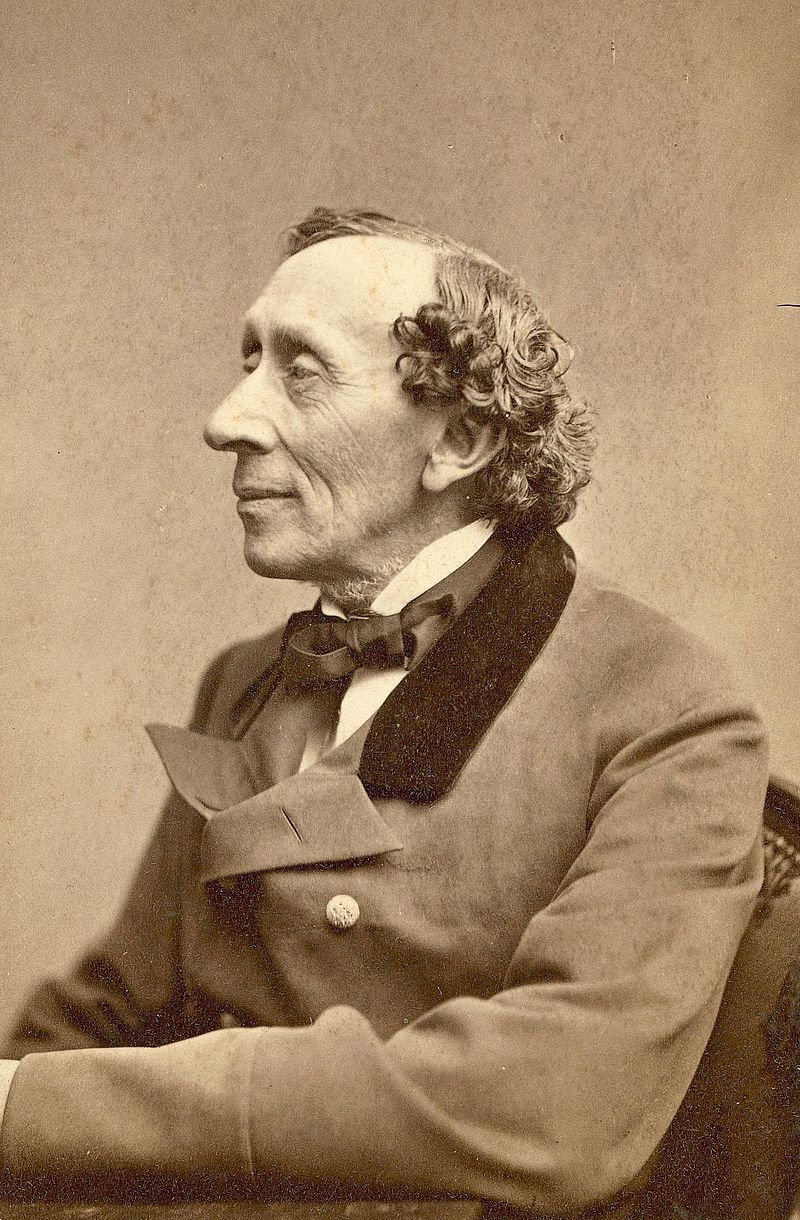Hans Christian Andersen is a Danish writer whose success was not automatic. Long shunned in his own country because of his disturbing egocentricity, he first gained recognition abroad. However, thanks to his many travels (notably to Switzerland, Italy, Great Britain and France), he developed important literary contacts (including Charles Dickens, Honoré de Balzac and Alphonse de Lamartine), who enhanced the value of his art in the eyes of his Danish contemporaries and helped him to achieve fame.
To this day, he remains a major author of fairy tales (The Little Mermaid, The Snow Queen, The Princess and the Pea, The Little Match Girl), of which there have been many adaptations. The Ugly Duckling, also from his pen, is an autobiographical tale of how Andersen was severely criticized by his peers for a long time, before finally achieving fame.

-
1805: On April 2, Hans Christian Andersen is born into a poor family.
-
1822: Aged just 17, Andersen begins writing his first texts.
-
1829: He achieves considerable success with his story A Journey on Foot from the Holmen Canal to the Point of Amager, which brings him a certain notoriety, but does not prevent Danish literary society from denying his talent.
-
1830: He publishes his first book of poems, which is well received, not least by the King, who gives him a pension for this literary success, enabling him to travel extensively.
-
1832 - 1842: In pamphlets, he publishes his first short stories, aimed at both children and adults. It was during this period that his most famous tales (The Little Mermaid, The Snow Queen, etc.) were born.
-
1833 - 1834: The author visits France and Italy.
-
1848: The first complete publication of his works appears in Leipzig, consisting of thirty-five volumes, most of which have been translated into French.
-
1860: He is warmly received by King Christian IX of Denmark in Copenhagen, and becomes his children's storyteller, bringing him definitive fame in his homeland.
-
1875: Hans Christian Andersen dies in Rolighe on August 5.